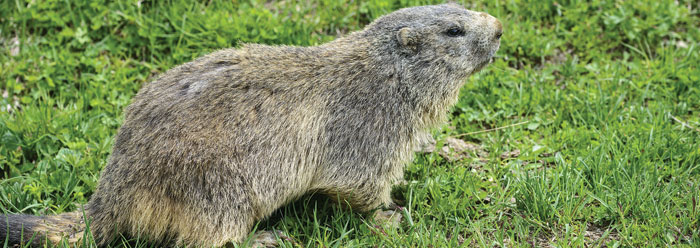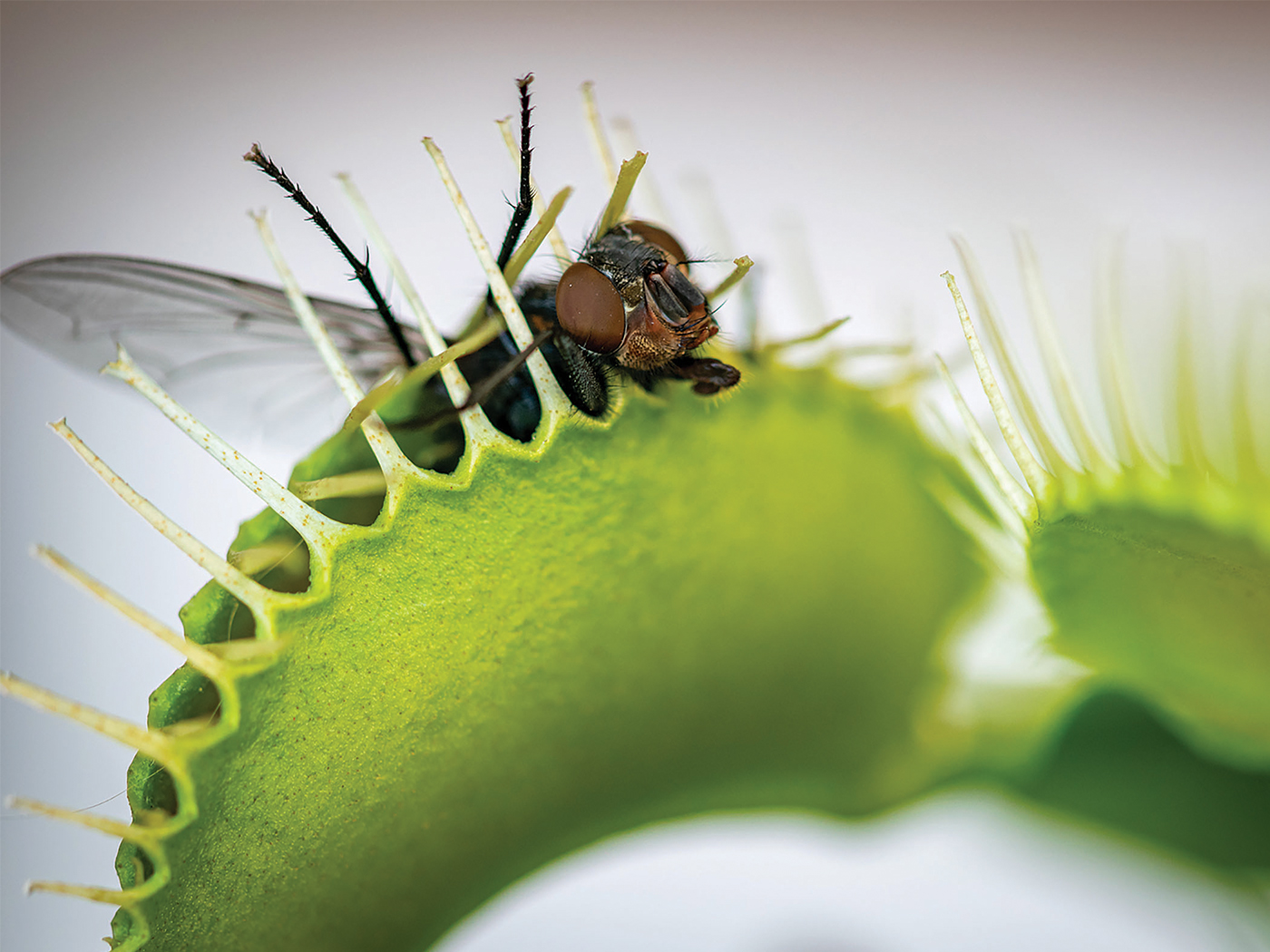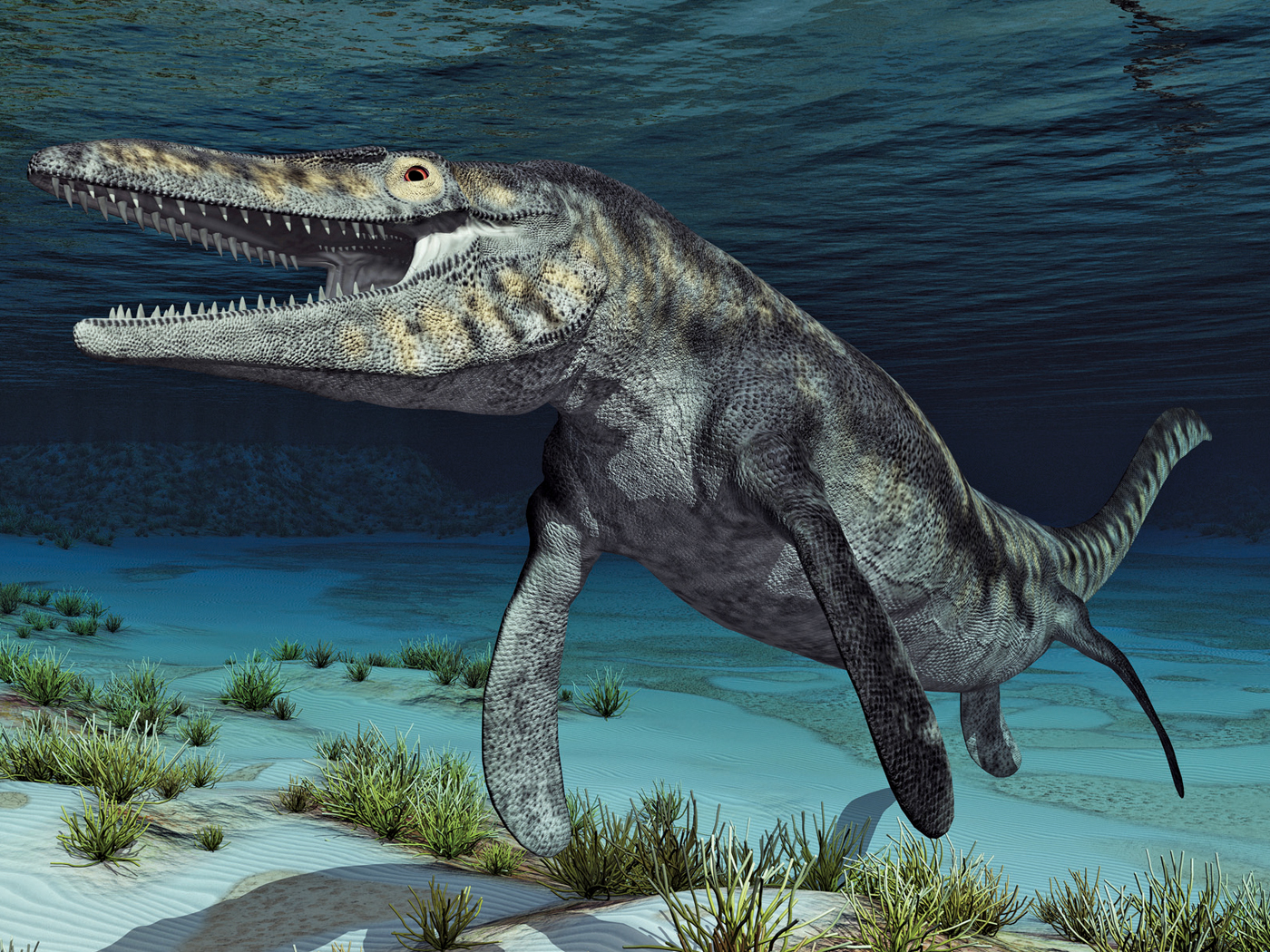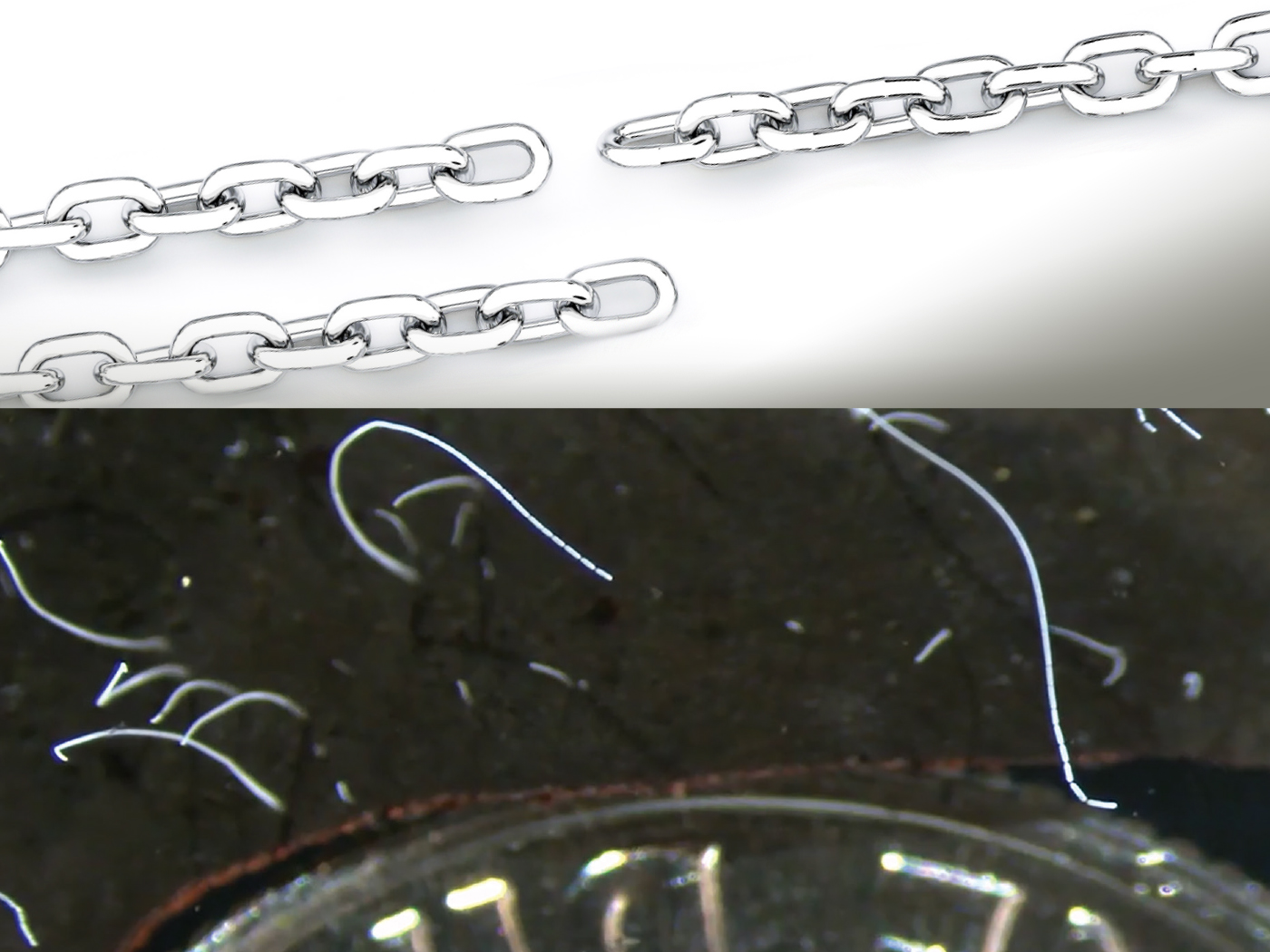The concept of dinosaurs living in a distant time populated by unique and now mostly extinct plants and animals has captured generations of students and moviegoers, but actual fossil finds keep contradicting this view. More and more they seem to paint a biblical picture of dinosaurs and various mammals created and alive at the same time.
A 2013 Acts & Facts article described an intriguing Chinese fossil that broke with the conventional secular scene.1 The fossil looked so similar to today’s Tasmanian devil that one wonders why scientists didn’t simply name it as such. Instead, they called it Repenomamus robustus. After 130 million supposed years of natural environments culling a constant supply of mutated variants, why did Repenomamus not evolve one new body part or function? Perhaps something other than the actual fossil discouraged secular scientists from simply calling it like it appears—a fossilized Tasmanian devil with a baby Psittacosaurus in its stomach.
Similarly, a recent ICR Creation Science Update reported six newly discovered squirrel-like mammal fossils found in dinosaur fossil-containing rock layers in China.2 Researchers grouped their finds under a new name, Euharamiyida, but this fancy title merely cloaks plain old squirrels—found in Jurassic layers.
Advocates of evolution typically assert that smaller mammals in this supposed Age of Reptiles evolved into today’s larger mammals like whales, elk, and bears. But if the global Flood really happened, then we would expect the initial tsunami-like waves of sediment-laden water to deposit sea creatures in the lower layers. Then, in later months, the Flood would bury dinosaurs, mammals, lake or swamp-loving plants, reptiles, fish, clams, insects, and birds in upper layers. In this model, the mammals buried with dinosaurs were relatively small not because they were waiting to evolve into larger forms but because they lived in vast pre-Flood lowland swamps that elk, bears, and people avoided.
It comes as no surprise that the ever-increasing discoveries of mammal fossils in rocks that also contain dinosaur fossils show an ever-widening diversity of swamp-friendly mammal forms. For example, small shrew-like mammals that books and museums often show with dinosaur fossils closely resemble treeshrews that thrive today in southeast Asia’s tropical forests.
Researchers in 2006 described a fossil they named Castorocauda. They found it in a sedimentary layer mixed with pterosaurs, insects, amphibians, a dinosaur, and a gastropod. It “has a broad, flattened, partly scaly tail analogous to that of modern beavers.”3 Maybe it was a beaver.
Other researchers recently described their unexpected discovery of raccoon-size mammal tracks right beside dinosaur tracks at Angola’s Catoca diamond mine.4 To this author’s admittedly non-expert eye, the five-toed tracks are hard to distinguish from those made by opossums that walk with their thumbs pointing inward.
Finally, a mammal skull from Madagascar’s dinosaur rocks, when artistically fleshed out, looks like a 20-pound rodent. An article summarizing the find called it “a groundhog-like animal,” three times to size of today’s adult groundhogs.5 They named it Vintana, but perhaps should have named it “mega-groundhog.”
The unfolding story of amazing mammal diversity in dinosaur-laden rocks does not shock Flood geologists. Those who accept the Genesis account of Earth history expect tropical mammal fossils with dinosaurs—including varieties in squirrel, treeshrew, beaver, Tasmanian devil, and other rodent kinds—that look so similar to today’s basic created mammal kinds.
References
- Thomas, B. 2013. The Details Are in the “Devil.” Acts & Facts. 42 (3): 18.
- Thomas, B. Jurassic Squirrels? Creation Science Update. Posted on icr.org October 3, 2014, accessed November 5, 2014.
- Ji, Q. et al. 2006. A Swimming Mammaliaform from the Middle Jurassic and Ecomorphological Diversification of Early Mammals. Science. 311 (5764): 1123-1127.
- Geggel, L. Footprints of Cretaceous Beasts Discovered at Diamond Mine. LiveScience. Posted on livescience.com November 5, 2014, accessed November 5, 2014.
- Vintana sertichi: Ancient Groundhog-Like Mammal Discovered in Madagascar. Sci-news.com. Posted on sci-news.com November 5, 2014, accessed December 2, 2014.
* Mr. Thomas is Science Writer at the Institute for Creation Research.






















